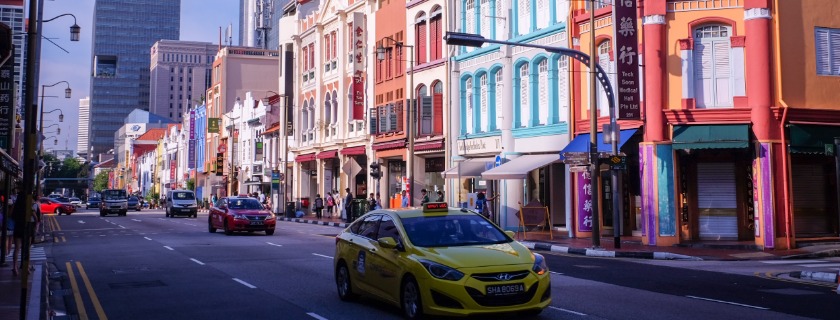What Types of Properties Can You Own in Singapore?

Singapore indeed has insufficient dwelling parcels and limited physical land. Yet someway and somehow, it managed to house 5.7 million people in the tiny red dot.
From the mass targeted executive condominiums to sought after landed housing, there is a diverse selection of real estate properties in Singapore. With the different types of housing in Singapore, the choice is ultimately yours to make (that is if your bank accounts permit).
Singapore may rank as the 9th most expensive city in the world, but thanks to extensive government measures in the form of financial grants and market regulation, most homebuyers can still afford to own a home–particularly, the 2019 home-ownership rate in the country was 90.4%.
Here are the basics of what you need to know about home-ownership in Singapore along with the different types of housing in the land-scared city.
Types of Properties in Singapore
Public HDB
As Singapore continues to experience economic growth, so as the rapid appreciation of its real estate market. The mushrooming of skyscrapers, mansions, and luxurious housing estates in Singapore has caused the government to mediate in the housing market so its working-class citizens could still enjoy affordable homes–and thus HDB flats were developed.
Public housing in Singapore is run by the Housing and Development Board (HDB), hence their flats are commonly called ‘HDBs’. Over 80% of Singaporeans live in HDB flats and 90% of them own the unit.
However, cheaper housing options like these also come with some strings attached. Since these homes are regulated and subsidised by the government, one has to meet a certain set of eligibility requirements prior to owning an HDB flat as mentioned in the Residential Property Act Singapore.
For example, such units can only be purchased if you have an average household income of SGD 7,000 to SGD 14, 000 (SGD 16,000 for an executive condominium and SGD 21, 000 if applying as a multi-generational family). The family must also include either a Singapore Citizen (SC) or Singapore Permanent Resident (SPR).
Do note that there is no income ceiling for purchasing an HDB resale flat, but there are income ceilings of HDB housing loans and CPF Housing Grants. You can also opt to take a private bank loan when buying such homes. Unfortunately, single buyers or individuals under a certain age cannot buy an HDB resale flat, unless purchased with their parents–also called the ‘Public Scheme.’
Some of the HDB housing types in Singapore include:
Apartments
Studio apartments are tailored and designed to meet the needs of elderly citizens. They often come with many senior-friendly features such as support bars in the bathroom, specialized non-slip tiles, and multiply pull-for-help cords. Compared to other housing units, studio apartments come in two sizes, 36 and 45 sqm, which can conveniently accommodate one or two people. The apartments are sold on a 30-year lease.
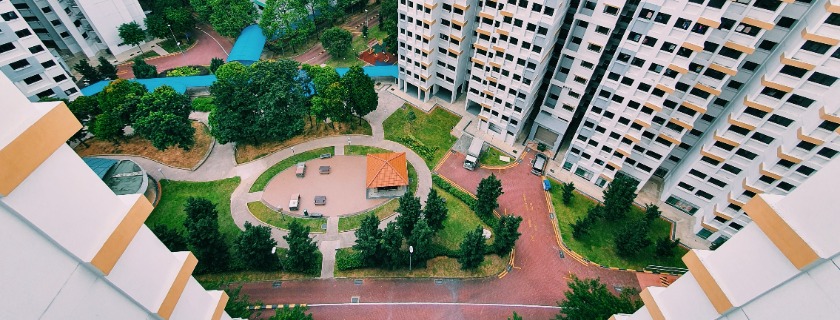
Multi-room Flats
HDB flats in Singapore can be categorized into a 2-room flat to a 5-room flat which features a master bedroom plus a specific number of rooms, and an ensuite bathroom.
But with all those housing types in Singapore, another type of HDB flat was introduced to the market to cater for multi-generational families–called the 3Gen Flats or 3 generation flats. Compared to the 5-room flat, the 3Gen flat is pretty much more spacious with an estimated living space of about 115 sqm, making a way for a master bedroom, living room, an additional bedroom, bathroom, and dining area.
Both resale and new 3Gen flats can only be bought by multi-generational families, comprising of divorcee/widow with parents and kids, or engaged/married couples and parents. The applicant couple must be qualified to purchase a flat under the Public Scheme. If buying with parents, one of them must be either a Singapore Citizen or Singapore Permanent Resident (SPRs).
Do note that if purchasing with parents, no one in the family nucleus can own any other properties abroad or in Singapore, and their income will be taken into account to check that your family does not exceed the income ceiling of SGD 21,000.
Estimating 130 sqm of floor area, the Executive flat is a massive HDB flat that includes extra space, ideal for an alternative television corner or a study room. To boot, some of the executive flats come furnished with a balcony.
In the spirit of offering wider variety and greater choice to meet the Singapore housing goal of higher income flat buyers, HDB initiated the Design, Build, and Sell Scheme (DBSS) in 2005. The Design, Build, and Sell Scheme falls between an Executive Condominium (EC) and the larger HDB flats.
In terms of class, it caters to the part of society that is wealthy enough to buy or rent the better HDB flats, yet are not ready to take the plunge into the private market space. Sad to say, a single individual under a certain age cannot purchase this type of unit unless bought with his/her parents under Public Scheme.
Public-Private Hybrid
For those who can afford to buy more than HDB flats but still not prepared to embark on the world of private housing, there are other types of housing in Singapore, dubbed as “hybrids.” These real estate assets are unique in the way that they share private housing qualities and public housing characteristics.
HUDC Flats
Originally developed in the 70s, Housing and Urban Development Corporation[1] (HUDC) flats or simply HUDC are popular during the 80s but were phased out in 1987. Although discontinued, there are still 18 estates with more than 7,000 units existing. Due to the rise of privatization, these HUDC flats are either undergoing the process or fully privatised.

Executive Condominiums
Replacing the HUDC flats are Executive Condominiums (EC). This type of property first started as a public housing unit, but after five years, it phases into the privatisation phase. EC is built to suit the needs of new couples and young professionals who can afford more than public housing but finds private properties still unattainable. Executive Condominium shares the same facilities and amenities as with private condominiums.
However, there are limitations one must follow to gain property ownership. Minimum Occupation Period, eligibility requirements including Public Scheme for single individuals or under the age limit, and 99-year leasehold are just some of the few restrictions of EC. But after ten years, Executive Condominiums (EC) will gain a “fully privatised” status.
Private Properties
There are various types of properties in Singapore, apart from Hybrids and Public HDB, there are private housing. Private estates don’t have a leasehold but rather comes on a “freehold” status with a few exceptions. Although, take note that not all private housing is sold with a land title. Private housing in Singapore is divided into two major categories, Landed and Non-Landed.
Non-Landed
Being private properties, they do not have limitations or restrictions nor a specified leasehold status. Although non-landed properties do not come with a land title, several buyers quote this as owning an “air space” instead of a land space.
Condominiums
To put it simply, private condominiums are an affluent and unrestricted counterpart of ECs. Unit types vary accordingly from a stunning Penthouse to a 2-BR suite. This type of private housing is equipped with common recreational facilities like 24/7 security, swimming pool, gyms, concierge, BBQ pits, gardens, function rooms, etc. Condominiums with their first few floors constructed as commercial spaces are called “Mixed Development.”
Apartments
The private apartment Singapore is similar to condos yet they tend to be part of smaller developments and are home to less generous provisions of recreational and communal facilities. Typically, apartments are more affordable than both condos and landed property yet costlier than the subsidised HDB flats.
Walk-Ups
Cleverly coined the “walk-up”, this particular type of dwelling is an apartment or condominium that has been described for not including a lift. Naturally, such dwellings are built in a low-rise land so, despite the absence of a lift, no extensive trekking is needed to reach one’s unit.
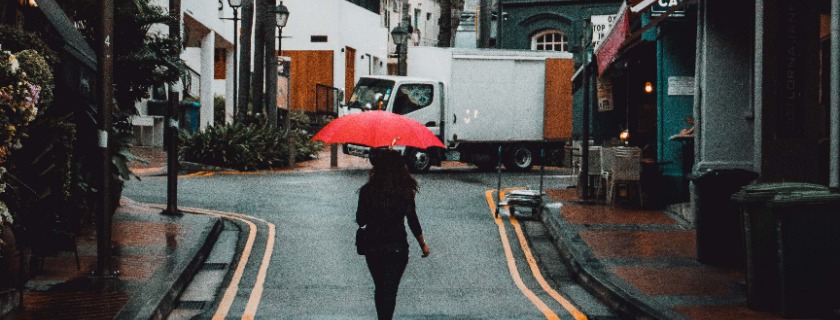
Landed Property
Laded property is by most Singaporeans perceived as the housing equivalent of reaching the top tiers of the social ladder of society. While admittedly high maintenance, landed properties are unequalled about their privacy, spacious living quarters, and sheer size.
It is also essential to note that in addition to the actual Singapore Landed Property price, there are additional costs that go into becoming a homeowner. Examples include stamp duties and legal fees, home insurance, maintenance fees (conservancy fees), and more.
Detached Homes
Commonly referred to as “Bungalows”, each piece of land measures roughly 400 sqm and the house itself is standing on its own with either part of it connected to other properties or with no walls. Depending on the land size, from 400 sqm up to 1,400 sqm, bungalows or detached houses offers utmost exclusivity and privacy.
Semi-Detached Homes
Sharing one wall in common with the neighbour, semi-detached houses are pairs of dwellings separated with a wall partition and constructed side by side. Each abode is an exact reflection of its twin unit having the same layout as well as measurement. They are also coined Duplex or Semi-Ds to other countries.
Terraced Homes
Also called the row house or linked house, terrace houses are medium density private dwellings merged by a common boundary-the shared sidewalls on both sides. Each matching unit of the terrace houses has its own roof and the house at the end on the link is generally referred to as the “End Terrace”.
Cluster Homes
The different types of properties in Singapore are truly evolving. Another variant of hybrid called “cluster homes” are on the rise. These are condo-style homes but nestled in a landed property. What makes this different amongst others is that cluster homes can be a mixture of bungalows, terrace, or semi-detached.
Townhouses
A hybrid between a landed terrace property and a condominium, a town house shares recreational facilities with its neighbours. This can be from gyms, swimming pools, clubhouse, gardens, etc. A town house is typically seen inside a mammoth-sized condo-style development within a private estate.
Shophouses
A lion’s share of the conservation houses in Singapore, Shophouses are typically two or three stories high. This special type of terrace house is made up of rows of low rise establishments with narrow facade but deep rears. Most of the time, the upper floor are used for a residential living while the ground floor serves as a commercial space with shops in them. Shophouses are considered “conserved terrace house” due to their historical significance and distinctive layout.
Bungalow
The smaller (and mostly less expensive) sibling of the Good Class Bungalow to the near-upmarket of the better-offs. With a minimum plot size of 400 sqm, the Bungalow House is still one of the larger assets, even amongst landed estates. By definition, a bungalow is also detached, in that no other property is in some way connected to it, adding to its exclusivity and privacy.
Within the faction of Bungalow Houses, there are four types of “classes”, differentiated according to their respective plots of land: Class 1 (400 sqm to 550 sqm); Class 2 (550 sqm to 700 sqm); Class 3 (700 sqm to 1000 sqm); and Class 4 (1000 sqm to 1400 sqm); anything above that will put the estate in the Good Class Bungalow class.
Good Class Bungalow
If a standalone abode settles on a parcel larger than 1, 400 sqm, it is regarded as a “Good Class Bungalow.” It is the most in-demand after landed housing Singapore where prime location does not only speak on itself but also the sheer size.
Good class bungalow properties are known to have at least 4 car parks, private cinemas, swimming pools, huge gardens, and even tennis/basketball courts as long as there is land to be established. There are only 1,000 known Good Class Bungalows scattered throughout the region in a country where land is limited.
Can You Own More Than One Property in Singapore?
Yes, you can own more than one property in Singapore. There is no limit to the number of private properties as long as you’re either a Singapore Citizen or Permanent Resident (PR). HDB owners who prefer to buy private property can only do so after the Minimum Occupation Period (MOP) of 5 years.
This means that if you wish to own both private property and an HDB flat, you must first buy an HDB unit and occupy it for at least five years prior to investing in a private property (overseas or local). Keep in mind that you cannot own more than one HDB flat. If you buy a second HDB, you must dispose of the first flat with six months of the second purchase.

Conclusion
It might be limited with respect to its physical land but the different types of properties in Singapore prove that scarcity of available resources is not a concern to supply comfortable living spaces for its residents. Familiarizing yourself with the different types of houses can be a handy first move in seeking your new home.
From the basic public housing meant for elderly citizens, convenient HDB flats for families, to the most sought-after semi-detached houses, up to the luxurious good class bungalows, the real estate market in Singapore undoubtedly manifests supreme diversity. Don’t miss out on any property news for updates about housings in land-scarce Singapore.
Property Listings
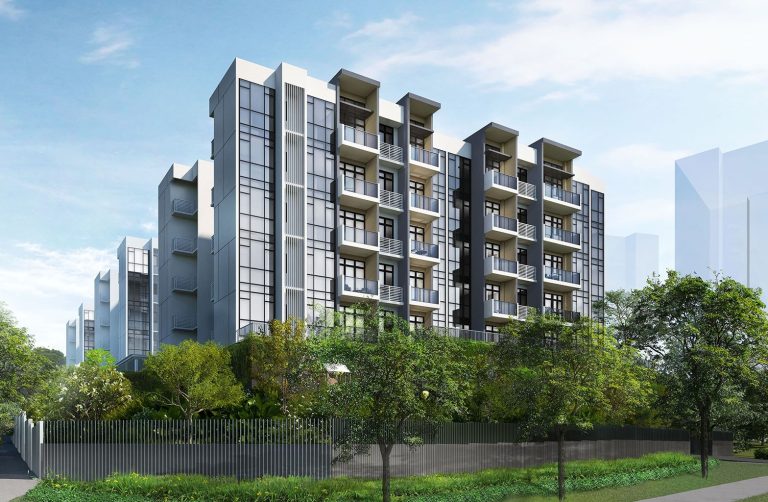
Our Thoughts On The Arden: Your Buyer’s Guide
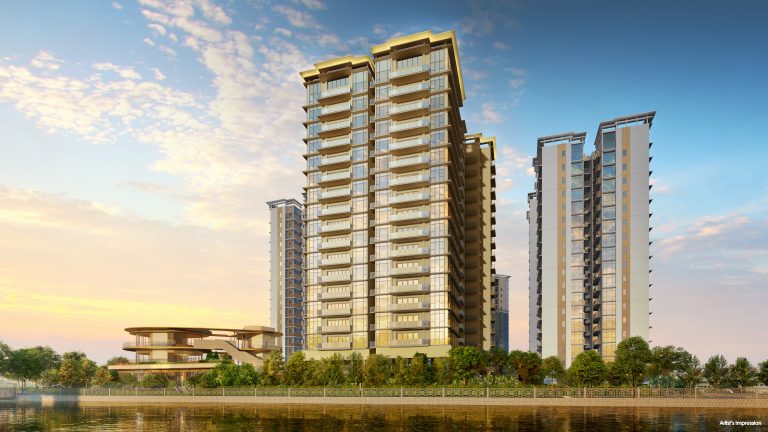
Our Thoughts On Dunman Grand Residences: Your Buyer’s Guide

Our Thoughts On Pinetree Hill: Your Buyer’s Guide
Blog Post
Emerald of Katong: Your Ultimate Guide to Upscale Living in Singapore’s Vibrant Heart
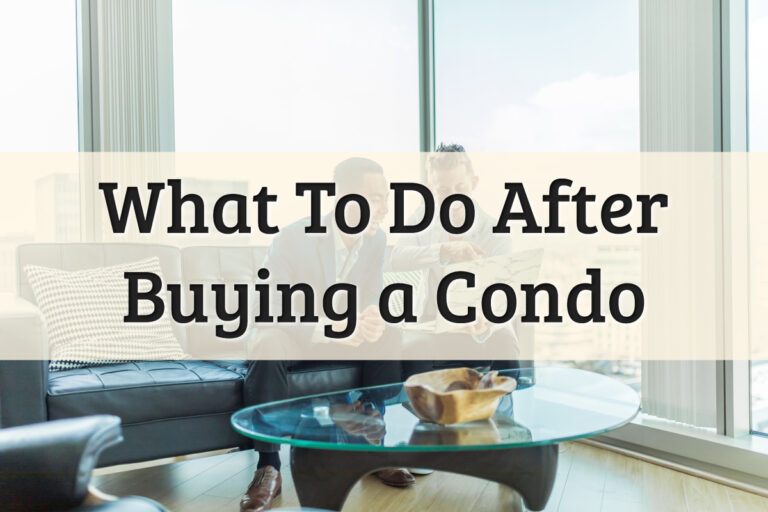
What To Do After Buying a Condo


